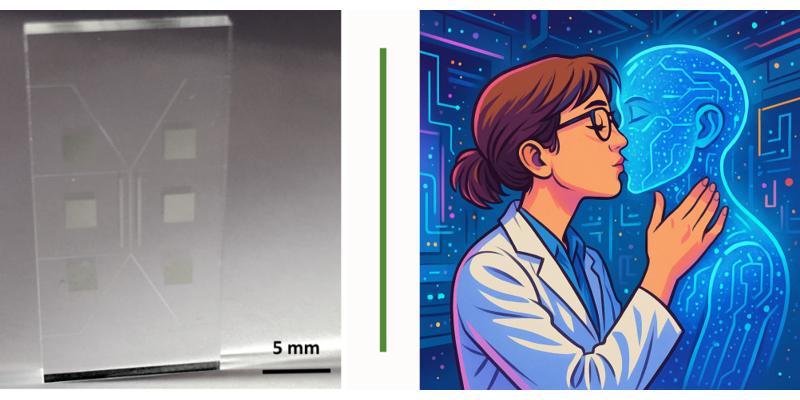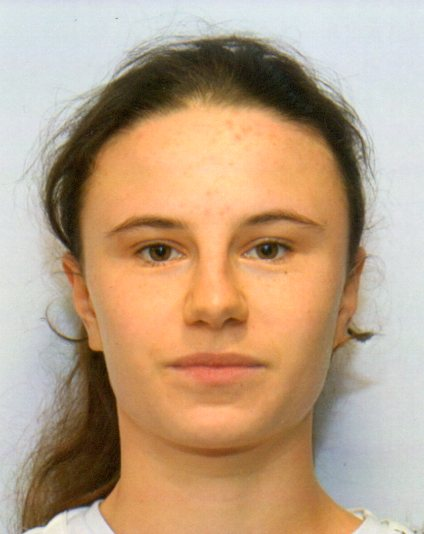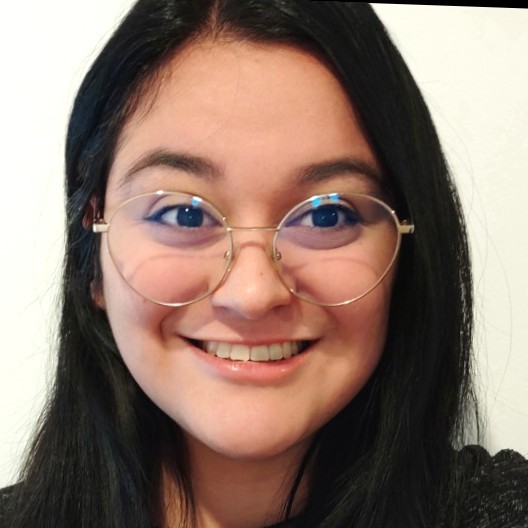- Imprimer
- Partager
- Partager sur Facebook
- Partager sur X
- Partager sur LinkedIn
Séminaire
Le 11 juillet 2025

Manon MEYER – (PhD, MODI) || Génesis MÁRQUEZ VIVAS – (PhD, MicroTiss)
A Nanofluidic Exchanger to Harvest the Blue Energy

Manon MEYER (PhD, MODI)
The energy of mixing between freshwater and saltwater is called the “blue energy”. Different ways to harvest this energy exist. The best known uses membranes, but they have a quite low efficiency due to concentration polarization. Indeed, when a flow occurs through the membrane due a salt concentration gradient, the less salty side becomes more concentrated close to the membrane and a depletion zone appear on the other side. This effect highly reduces the concentration gradient and so the energy produced. An innovating nanofluidic exchanger which overcomes this effect was designed at LIPhy and is in the process of characterization.
ChatGPThèse

Génesis MÁRQUEZ VIVAS (PhD, MicroTiss)
French campuses are deciding whether ChatGPT is a cheat sheet or a co-author. EU regulation 2024/1689 will soon force every model to carry a legal barcode. The CNIL, fresh from its 2024 report, promises deep dives into data-minimisation and explainability. Local rules zigzag: Sciences Po Paris bans unsourced prompts, Orléans blesses “assistant only”, Toulouse nails “human at the centre” to its new charter. Yet lots of students already flirt with generative text while lecturers beg for a rulebook. This talk unwraps the ethical knots: authorship, bias, privacy, carbon cost, and asks one last question: if a bot helped write this abstract, who gets the credit?
Date
11:00
Localisation
LIPhy, salle de conférence
- Imprimer
- Partager
- Partager sur Facebook
- Partager sur X
- Partager sur LinkedIn